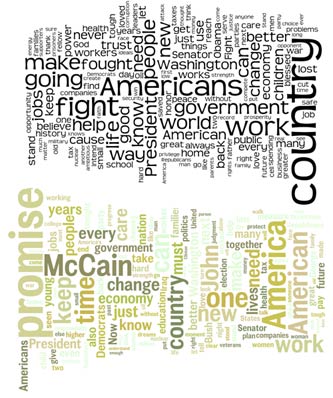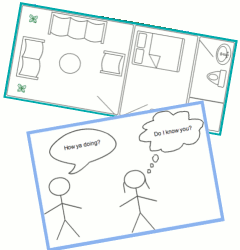FUMSI editor's briefing at Online Information 2008
At Online Information this year I had my 'FUMSI Contributing Editor' hat on, and as part of that I took part in a couple of panel sessions at the FreePint stand.

I had three minutes in which I was hoping to identify 3 emerging trends and opportunities to help information professionals through the choppy waters of an economic downturn. Here are the three I picked:
Microblogging
New tools and services are gaining wider adoption that facilitate 'microblogging', the short, sharp, sharing of links, pictures and brief bursts of text.
Tumblr is a service that allows you to mix and match the type of content that you publish.
Twitter has been growing in stature. Although it was initially hard to fathom out what you could do with messages 140 characters long, people use the service to ask questions, share links and break news, both global and industry specific. Think of it as constantly being in an IM conversation with all of your peers and friends at once.
Yammer is a similar service to Twitter, but restricts networks to those sharing email addresses with the same domain name - meaning it can be used as a closed communication channel within a business.
Using these tools gives the opportunity to display and share real domain knowledge, and to make yourself a visible, indispensable source of information.
Information visualisation tools
As information professionals, we have a tendency to get ourselves absorbed into the details of a task, burying our heads in tables and figures and numbers. And that is exactly why the 'executive dashboard' was invented for normal people.
It has never been easier to provide really good visualisations of your data to make them more comprehensible within the business - so instead of wrestling with the Chart Wizard in Excel, try some of these options.
The Google Charts API gives you really easy access to putting together complex charts, and includes features like maps which you don't get in the average spreadsheet package.
Wordle is a free tool which allows you to make compelling visualisations of textual data. You throw some text at it, and it returns a "tag cloud" style representation of the content. Several people used it to good effect to track the speeches of U.S. Presidential candidates Obama and McCain.
You can also use collaborative Web 2.0 tools like Dabbleboard to design diagrams and charts.
The telephone
Now, given my track record as a technophile, I'm sure you think I'm going to suggest some fancy information sharing iPhone Apps, or the possibilities of the intranet-to-go. Actually, I'm really talking about the telephone, as originally intended in the 1800s.

Sharing information is being part of the communications business, and voice-to-voice communication is one of our most reliable methods of ensuring that information has been understood.
Next time you produce some report going to the Vice-President of Marketing, after they have received it, phone them up and ask them about it. Was it the right format? Too detailed? Not focussed enough? Did it answer their questions?
Use the phone to make sure that you are building relationships with the people within your enterprise, not just having a relationship with the data.
Next...
Tomorrow I'll be starting to share some of my notes and thoughts on the free seminar programme at this year's Online Information Exhibition.

